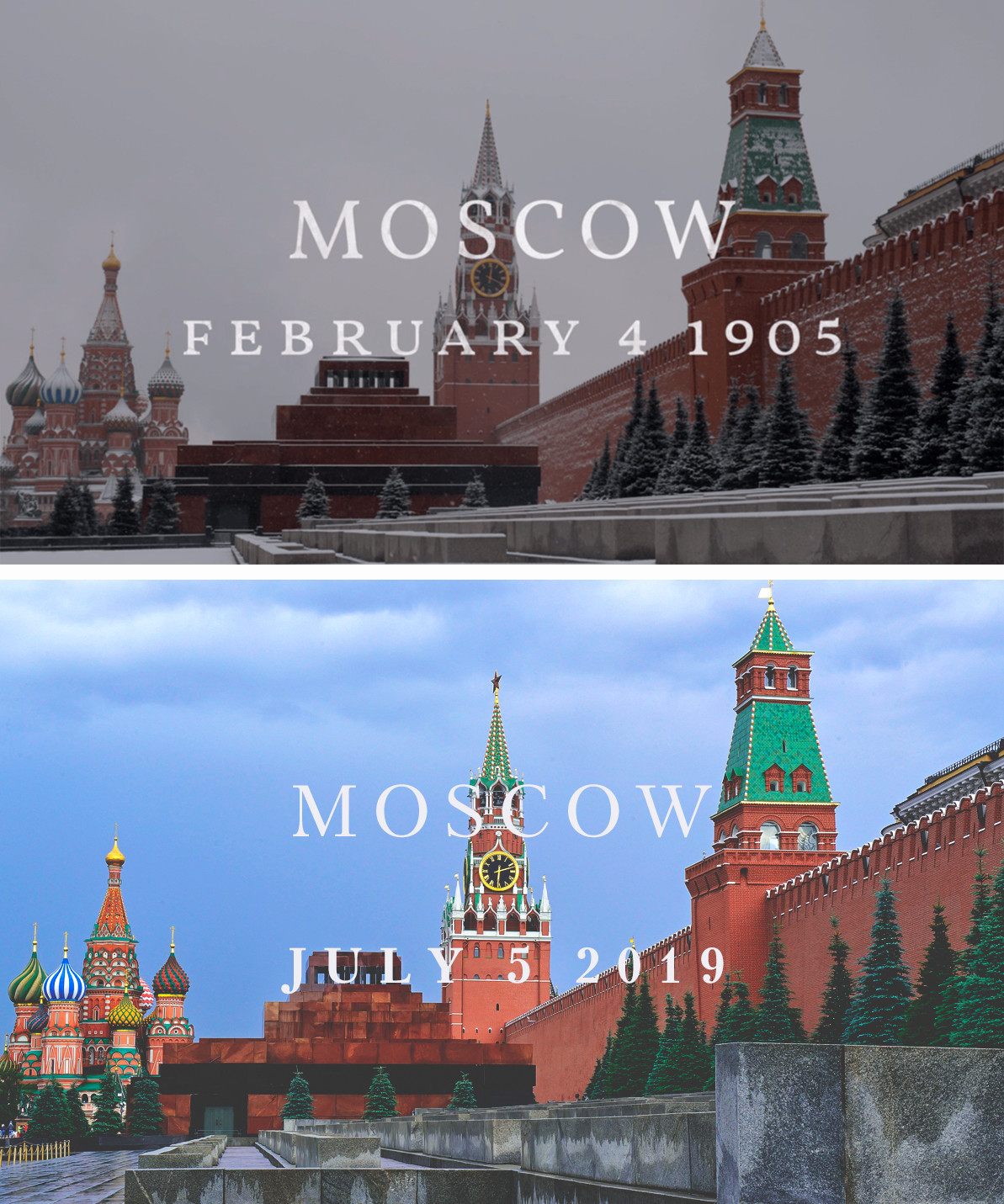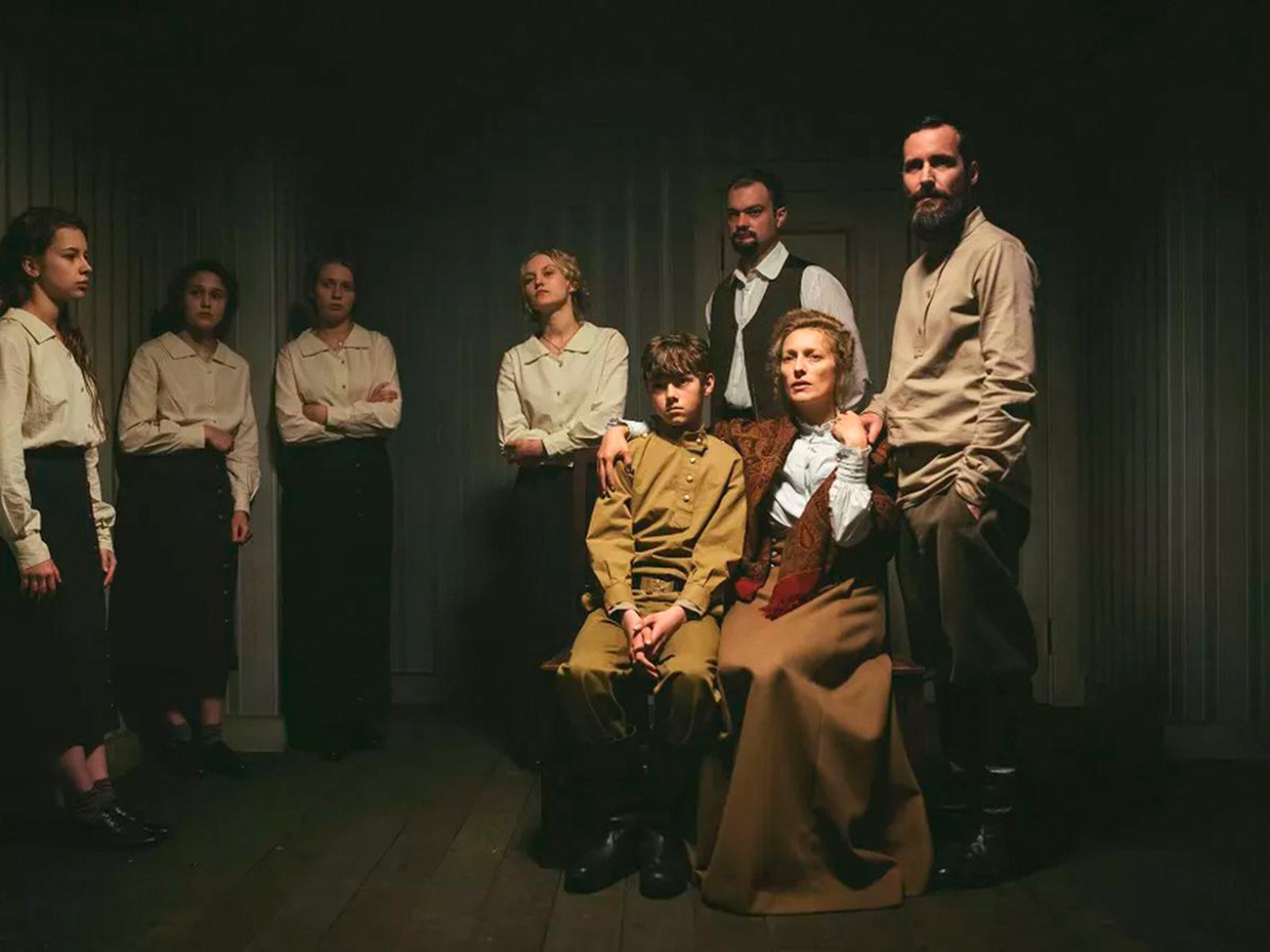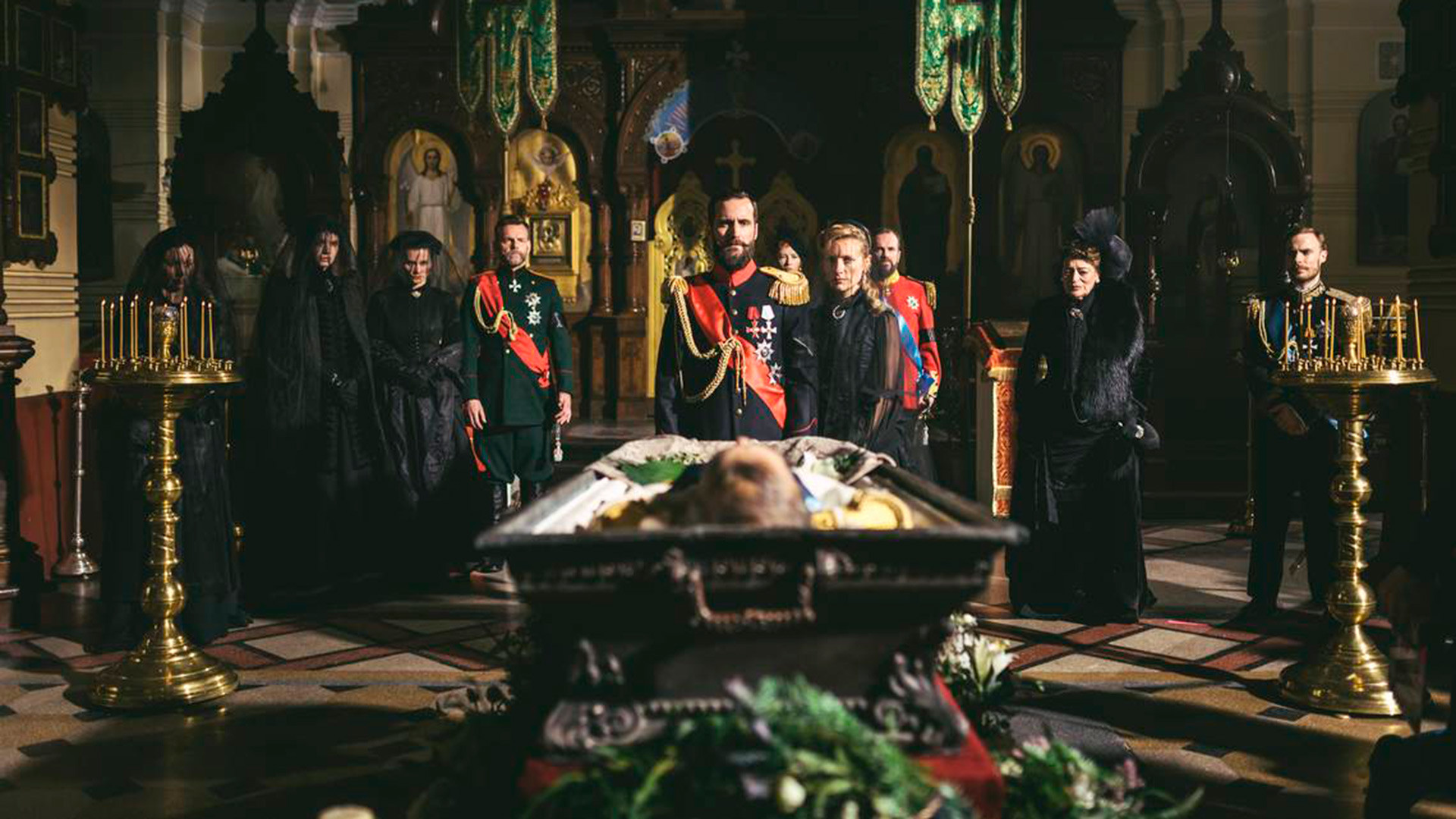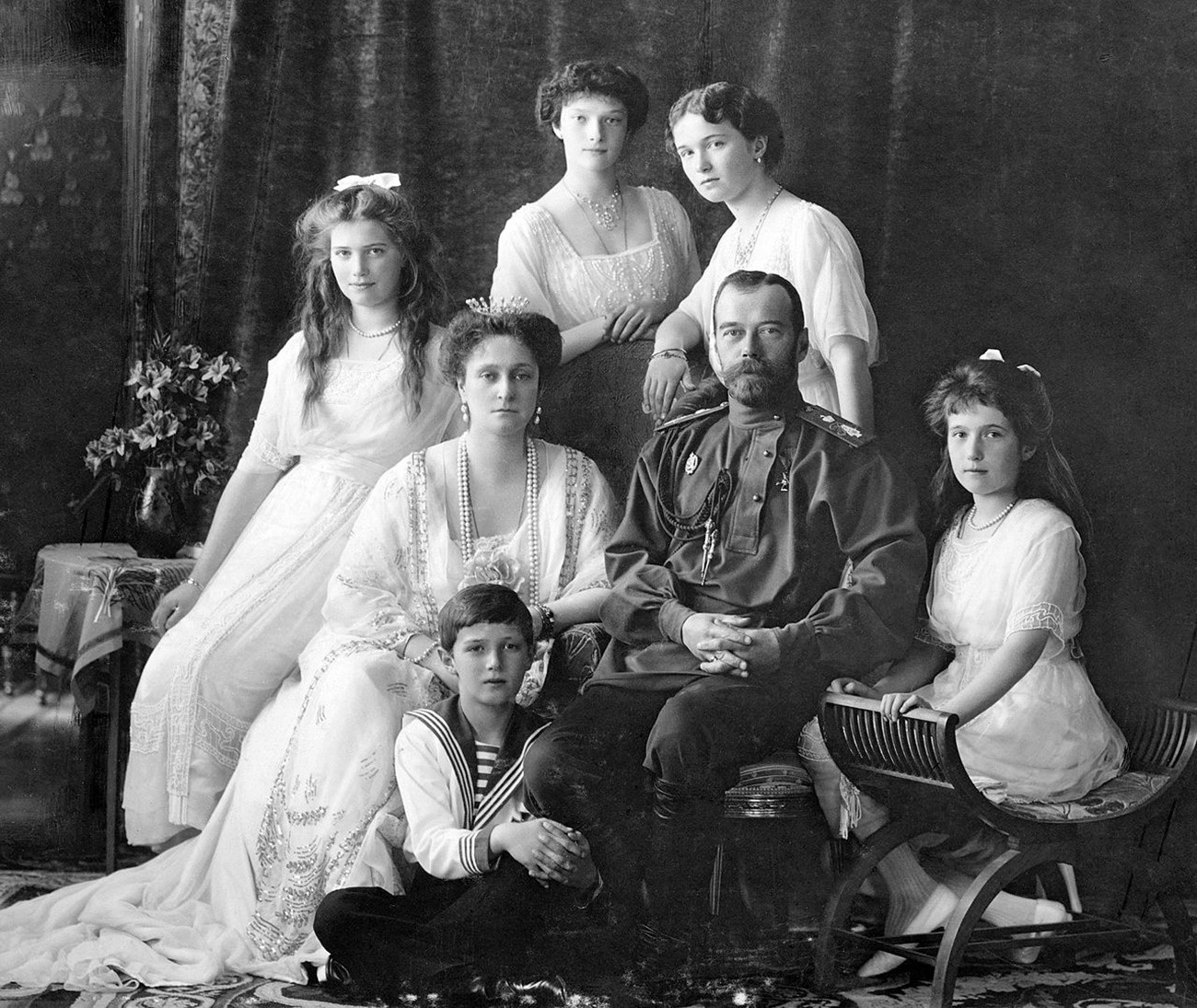
The show was meant to be ambitious but ends up being rather pathetic.
Adrian J. McDowall/Netflix, 2019For us Russians, any chance of approaching The Last Czars with any kind of seriousness was doomed the moment someone posted this screenshot from the Netflix show on the web

The above part is The Last Czars' actual screenshot while the below part mocks it - 'nothing has changed in 114 years!'
Adrian J. McDowall/Netflix, 2019; Getty ImagesAnd if you thought this glaringly offensive rookie mistake was the show’s biggest eyebrow raiser – you’re in for a big surprise, as the show delivers blow after blow to the face of anyone with even a passing familiarity with Russian history.
This ultimately stupid Mausoleum from 1905 has all chances to become the show’s glorious emblem, as stupidity didn’t stop there.

It’s not just among the most important moments in Russian history, but in the history of the world as a whole: the Russian Revolution of 1917 that crushed Nicholas’s Russian Empire led to the creation of the USSR. The world would have been a very different place had that revolution not happened: no global Communist movement and no Russian scarecrow looming over
That is to say that the events preceding the revolution of 1917 are crucial to an understanding of modern history as a
Let’s start with
Even for an amateur historian like myself, there’s just no ignoring these mistakes. The narrator refers to Duma as “the elected government,” though it is a parliament – a different branch of power. Had the creators so much
Even a more irritating and absurd mistake occurs when the narrator calls Anastasia and Milica, the daughters of the Montenegrin king living at the Russian court – “Black princesses,” a nickname that never existed. It seems that the authors simply confused the Russian word
At times it feels like The Last Czars just throws in

The Last Czars ends up being poisoned by what is meant to be its main advantage – the format. The show attempts to combine the tale of Nicholas’ reign, where he, his family, Rasputin, and all other important historical figures are portrayed by actors, with a talking-heads style show, where a bunch of Western historians, led by Simon Sebag Montefiore author of The Romanovs 1613–1918), provide the audience with a bigger picture of what was happening in Russia.
The aim was to kill two birds with one stone, making the story look like a sort of Game of Thrones with loveable characters, sex, and violence (sorry we had no dragons in the Russian Empire), and something educational and serious all at once. What we have as a result is a scene with Nicholas making passionate love to his wife (or Rasputin just screwing everything with a heartbeat) followed by Montefiore’s head talking about Russia sinking deeper into economic turmoil. These two worlds just don’t work together, making the narrative too fragmented and chaotic.

Netflix’s series contains a lot of what we in Russia call
Also, the show just can’t bear the weight it heaped on its own shoulders, trying to explain the most tragic ending of a European royal family in just six episodes. Important figures are oversimplified and cartoonish: ‘a good Romanov democratic adviser’, ‘a bad Romanov autocrat adviser’, ‘a ruthless revolutionary’.
If there is one good thing about The Last Czars, it is the attitude the authors take toward its heroes: they portray Nicholas II as a well-intentioned, yet weak man, tragically unfit to rule the country. The authors sympathize with his family, but also with the people who can’t stand their incompetent rule anymore. Even Yakov Yurovsky, the Bolshevik who orchestrated the execution of the royal family, is shown as a man of honor and principles. That was the most tragic thing about the Russian Revolution and the Civil war – there were good people on both sides, but the age they lived in turned them into ruthless enemies, killing each other without mercy. In my mind, this is where The Last Czars succeeds.
Nevertheless, my overall score still stands at ‘very poor’. Numerous historical inaccuracies, general sloppiness, as well as its attempts to succinctly tell a very long and complicated story just killed what was
To find out more about mistakes made by The Last Czars, read our ultimate guide where they (all 48 of them!) are listed.
Also, check out our gallery to compare the actors with the actual historical figures they portrayed.
If using any of Russia Beyond's content, partly or in full, always provide an active hyperlink to the original material.
Subscribe
to our newsletter!
Get the week's best stories straight to your inbox